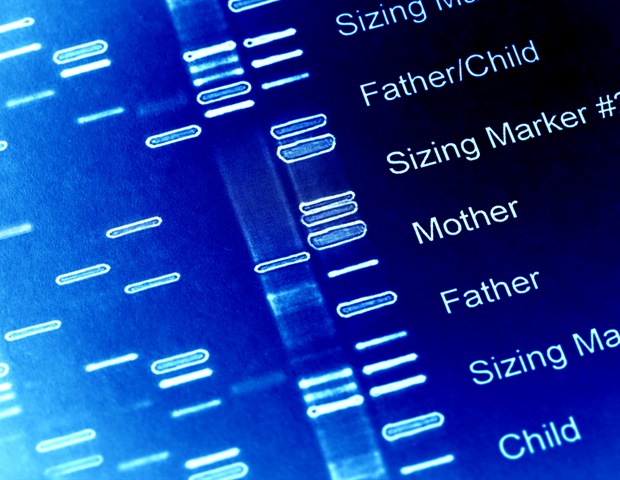
Since its breakthrough improvement greater than a decade in the past, CRISPR has revolutionized DNA modifying throughout a broad vary of fields. Now scientists are making use of the know-how’s immense potential to human well being and illness, focusing on new therapies for an array of issues spanning cancers, blood circumstances and diabetes.
In some designed therapies, sufferers are injected with CRISPR-treated cells or with packaged CRISPR parts with a objective of repairing diseased cells with precision gene edits. But, whereas CRISPR has proven immense promise as a next-generation therapeutic device, the know-how’s edits are nonetheless imperfect. CRISPR-based gene therapies could cause unintended however dangerous “bystander” edits to components of the genome, at occasions resulting in new cancers or different illnesses.
Subsequent-generation options are wanted to assist scientists unravel the advanced organic dynamics behind each on- and off-target CRISPR edits. However the panorama for such novel instruments is daunting, since intricate bodily tissues characteristic hundreds of various cell sorts and CRISPR edits can depend upon many various organic pathways.
College of California San Diego researchers have developed a brand new genetic system to check and analyze the underlying mechanisms of CRISPR-based DNA restore outcomes. As described in Nature Communications, Postdoctoral Scholar Zhiqian Li, Professor Ethan Bier and their colleagues developed a sequence analyzer to assist observe on- and off-target mutational edits and the methods they’re inherited from one era to the subsequent. Based mostly on an idea proposed by former UC San Diego researcher David Kosman, the Built-in Classifier Pipeline (ICP) device can reveal particular classes of mutations ensuing from CRISPR modifying.
Developed in flies and mosquitoes, the ICP gives a “fingerprint” of how genetic materials is being inherited, which permits scientists to comply with the supply of mutational edits and associated dangers rising from doubtlessly problematic edits.
The ICP system can cleanly set up whether or not a given particular person insect has inherited particular genetic parts of the CRISPR equipment from both their moms or fathers since maternal versus paternal transmission end in completely totally different fingerprints.”
Ethan Bier, Professor, UC San Diego College of Organic Sciences
The ICP may help untangle advanced organic points that come up in figuring out the mechanisms behind CRISPR. Whereas developed in bugs, ICP carries huge potential for human functions.
“There are various parallel functions of ICP for analyzing and following CRISPR modifying outcomes in people following gene remedy or throughout tumor development,” stated research first creator Li. “This transformative versatile evaluation platform has many potential impactful makes use of to make sure secure software of cutting-edge next-generation well being applied sciences.”
ICP additionally presents assist in monitoring inheritance throughout generations in gene drive programs, that are new applied sciences designed to unfold CRISPR edits in functions reminiscent of stopping the transmission of malaria and defending agricultural crops towards pest destruction. For instance, researchers may choose a single mosquito from the sphere the place a gene-drive check is being carried out and use ICP evaluation to find out whether or not that particular person had inherited the genetic assemble from its mom or its father, and whether or not it had inherited a faulty aspect missing the defining seen markers of that genetic aspect.
“The CRISPR modifying system could be greater than 90 % correct,” stated Bier, “however because it edits again and again it can finally make a mistake. The underside line is that the ICP system can provide you a really high-resolution image of what can go fallacious.”
Along with Li and Bier, coauthors included Lang You and Anita Hermann. Prior Bier lab member Kosman additionally made necessary mental contributions to this mission.
Supply:
Journal reference:
Li, Z., et al. (2024). Developmental development of DNA double-strand break restore deciphered by a single-allele decision mutation classifier. Nature Communications. doi.org/10.1038/s41467-024-46479-2.
